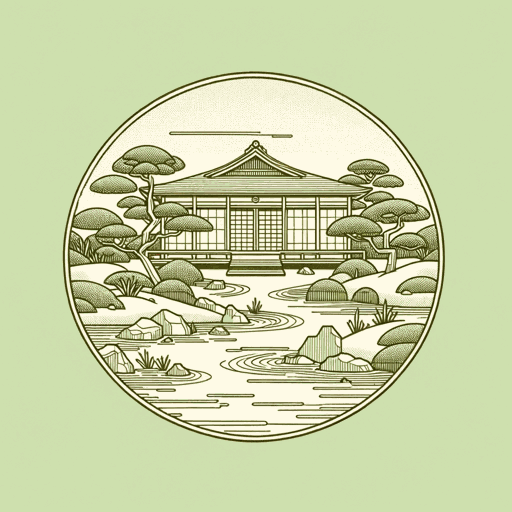64 pages • 2 hours read
Gail TsukiyamaThe Samurai's Garden
Fiction | Novel | Adult | Published in 1994A modern alternative to SparkNotes and CliffsNotes, SuperSummary offers high-quality Study Guides with detailed chapter summaries and analysis of major themes, characters, and more.
Summary
Autumn: September 15, 1937-Autumn: September 29, 1937
Autumn: October 5, 1937-Autumn: October 29, 1937
Autumn: October 30, 1937-Autumn: November 30, 1937
Autumn: December 1, 1937-Winter: December 7, 1937
Winter: December 21, 1937-Winter: February 4, 1938
Winter: February 5, 1938- Winter: March 14, 1938
Spring: March 28, 1938-Spring: May 30, 1938
Summer: June 6, 1938-Summer: July 5, 1938
Summer: July 9, 1938-Summer: August 16, 1938
Summer: August 17, 1938-Autumn: September 23, 1938
Autumn: September 28, 1938-Autumn: October 19
Autumn: October 20, 1938-Autumn: October 26, 1938
Autumn: October 27, 1938-Autumn: October 29, 1938
Character Analysis
Themes
Symbols & Motifs
Important Quotes
Essay Topics
Summary and Study Guide
Overview
The Samurai’s Garden tells the story of Stephen Chan, a 20-year-old Chinese painter, writer, and student who, at the urging of his upper-middle-class parents, leaves school in Canton to spend a year recuperating from an undisclosed illness at his family’s beach house in Tarumi, Japan. The narrative present of the novel is set during the first year of the Second Sino-Japanese War (1937-1945).
The novel is character-driven. Stephen’s traditional Chinese mother lives at the family home in Hong Kong with Stephen’s sister Pie, with whom he is close; his Westernized father stays mainly at an apartment in Japan, on business, and is having an affair. As the Japanese army sweeps through China, Stephen becomes close to Matsu, the “samurai” who has long been the caretaker of the beach house and its garden, and Matsu’s longtime love Sachi, who suffers from leprosy and lives in the nearby leper colony of Yamaguchi. Sachi and Matsu live lives haunted by suicide: there is Sachi’s attempted seppuku;Matsu’s sister Tomoko’s successful seppuku, many years ago; and Matsu and Sachi’s childhood friend Kenzo’s hanging in present day. Stephen falls for a beautiful Tarumi villager named Keiko, but their relationship is doomed by their respective nationalities and her overbearing father.
Through these and other relationships, Stephen learns a great deal about life and death, love and commitment, solitude and connection, and the nature of happiness. The novel is Stephen’s story, but as his months in Tarumi unfold, the stories of those around him – especially the triangle of Matsu, Sachi, and Kenzo – emerge. Stephen learns a number of things about the relationships of those around him: that Sachi and Kenzo were once engaged, that Sachi contracted leprosy, that Kenzo abandoned her, that Sachi tried to commit family-honor seppuku but could not, and that Matsu saved and cared for her, then fathered her stillborn child. As Stephen learns these things, his own story gains dimension, and his family drama is put into perspective. He returns to Hong Kong uncertain of both his future and China’s future, whole in body and changed in spirit.
Narrative and form are provided by Stephen’s journal, which he introduces in the first “chapter” (all chapters are journal entries). These entries recount Stephen’s present, along with flashbacks provided by the stories other characters tell him, along with his own memories. Stephen’s writing is simple yet descriptive, honest, and both a record and a source of his transformation.
This introspective novel’s relatively spare plot in the present allows it to soar backward and imagine forward with ease. Stephen’s days in Tarumi are mostly uncomplicated: he visits the village and its places of worship; swims at the beach; becomes familiar with Yamaguchi and its people; corresponds with his family; spends time with Matsu, Sachi, and Keiko; gains physical strength; and creates art. On this canvas of the everyday, author Gail Tsukiyama paints the colorful, poignant, and sometimes life-shattering stories of her major and minor characters.


